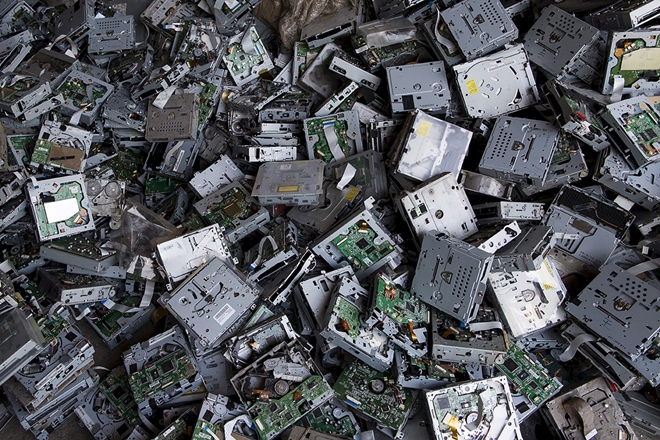E-Waste is a term used to cover items of all types of electrical and electronic equipment (EEE) and its parts that have stopped functioning or has stopped serving the purpose it was manufactured for. It is effectively any household item with circuitry or electrical components with power or battery supply. This covers TVs, computers, mobile phones, white goods (fridges, washing machines, dryers etc.), home entertainment and stereo systems, toys, toasters, and kettles, among others.
E-waste contains materials that, if mishandled, can become hazardous to human health and the environment, but most importantly, it also contains materials that are valuable and scarce. If not properly treated, e-waste can have negative impacts on both human health and the environment. However, sustainable treatment of e-waste prevents this.
The appropriate handling of e-waste can both prevent serious health and environmental damage and recover valuable materials, especially metals through responsible recycling. The recycling chain for e-waste is classified into three main subsequent steps: first, the collection process; second is the sorting/dismantling and pre-processing (including sorting, dismantling and mechanical treatment) and the third is the end processing. All three steps must be done in a holistic manner to achieve the overall recycling objectives.
